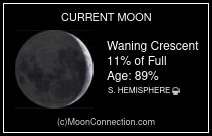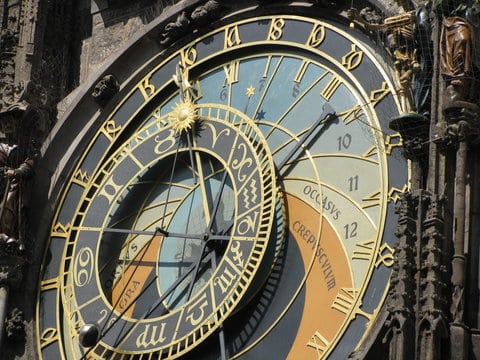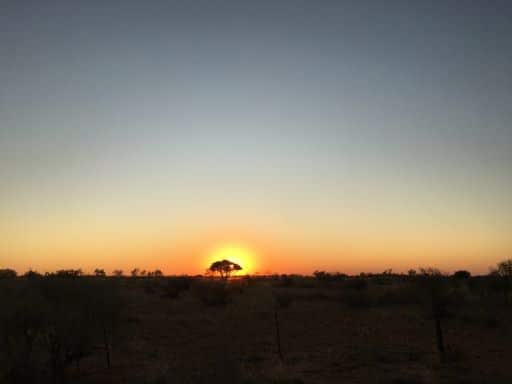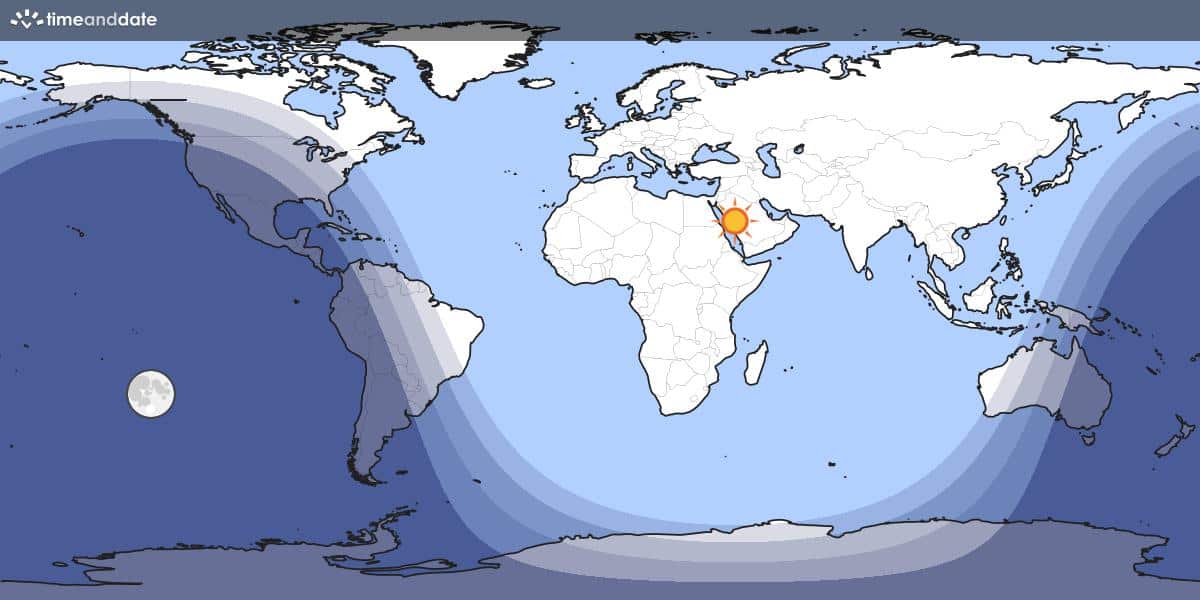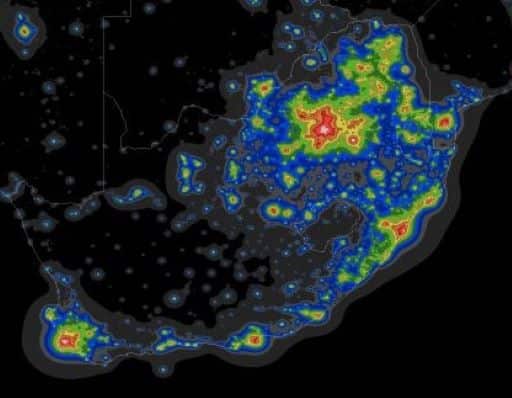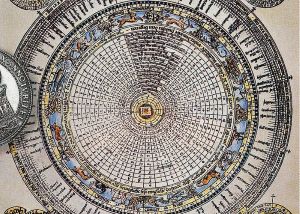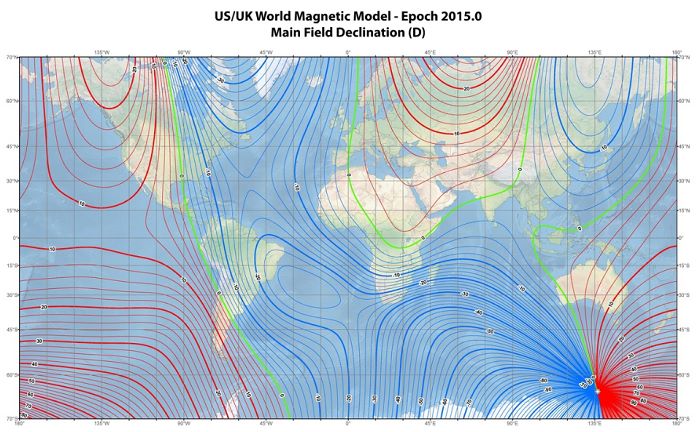Five Naked Eye Galaxies in One Night
One of the the sublime experiences of living in the southern hemisphere is being able to see the LMC and four other naked eye galaxies in one night
Andromeda Galaxy (M31)
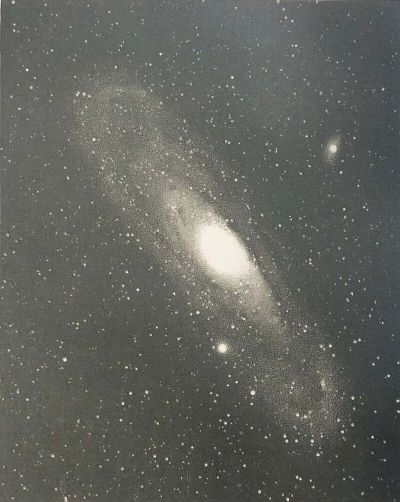
The earliest known photograph of the Great Andromeda “Nebula”, photographed by Isaac Roberts, 29 December 1888
The earliest naked eye observation of the Andromeda galaxy is from around 964 AD, when the Persian astronomer Abd al-Rahman al-Sufi described the Andromeda Galaxy in his Book of Fixed Stars as a “nebulous smear” or “small cloud”. To my eye it appears as a small, faint, diffuse, oval, mysterious glow.
Triangulum Galaxy (M33)
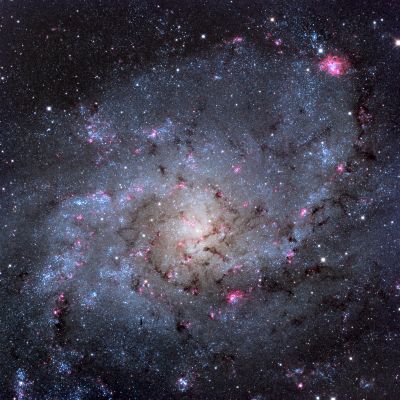
M33, the Triangulum Galaxy. Credit Adam Block/Mount Lemmon SkyCenter/University of Arizona
Large, but very low surface brightness, and very far away (indeed, it is the farthest object visible to the naked eye, lying 2.73 million light-years away from Earth), M31 requires clear, dark, transparent skies (above all, you need the best possible transparency to observe M33). The core of the galaxy can just be seen, appearing as a very small and extremely faint smudge; with averted vision I sense a brightening to the centre, but it is no way definite.
The Two Magellanic Clouds + the Milky Way Galaxy
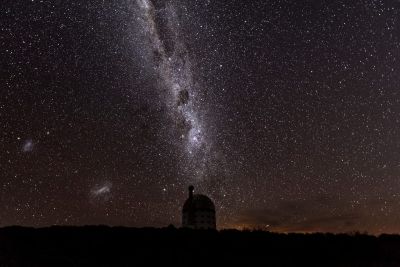
Three galaxies and the Southern African Large Telescope (SALT), located in Sutherland, South Africa. Image courtesy University of Wisconsin–Madison
Like its cousin, the Large Magellanic Cloud, the Small Magellanic Cloud appears as a beautiful, hazy patch resembling a detached piece of the Milky Way, albeit much smaller. It appears to be more or less of uniform brightness, whereas the Large Magellanic Cloud’s bar is very clearly visible and its halo is massive, and the Tarantula Nebula is superbly bright.
Of course, the fifth galaxy we see naked eye is the Milky Way’s magnificent river of starlight arching overhead.



